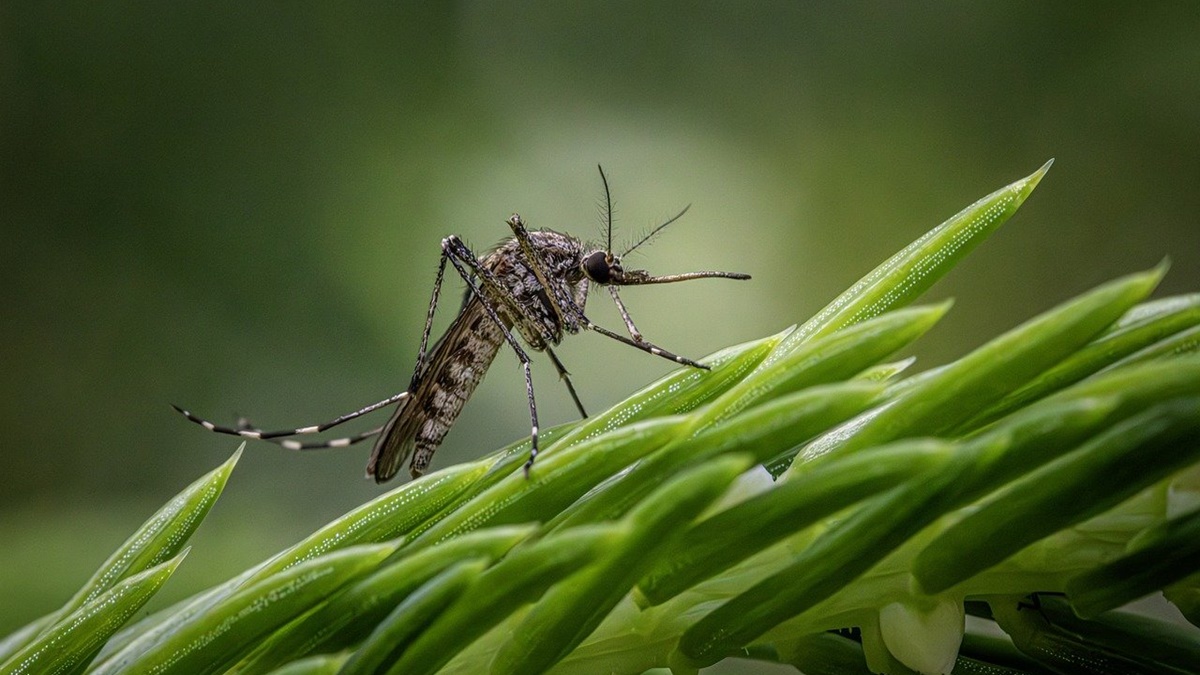As India grapples with a surge in vector-borne diseases, particularly dengue and chikungunya, authorities are ramping up efforts to combat the spread of these illnesses. Recent data reveals a concerning upward trend in cases across various states, prompting urgent public health responses evolution slot game.
In Mumbai, the Brihanmumbai Municipal Corporation (BMC) reported a significant increase in dengue cases, with numbers rising from 708 in July to 1,384 in September. While malaria and chikungunya cases showed a decline, the persistent rise in dengue is alarming health officials. Dr. Daksha Shah, BMC’s executive health officer, attributed the surge to intermittent rainfall and emphasized the need for sustained preventive measures.
Similarly, in Prayagraj, following recent floods, local authorities have effectively contained the spread of vector-borne diseases through coordinated efforts by the municipal corporation and health department. Measures such as anti-larval spraying, fogging, and regular inspections were implemented across over 90,000 homes. Domestic Breeding Checker (DBC) teams identified mosquito breeding sites in unused coolers, flowerpots, and used tyres, urging residents to eliminate stagnant water sources.
In Hisar, the health department has announced a strict zero-tolerance policy against mosquito breeding, imposing fines up to Rs 3,000 on homes, shops, and offices where mosquito larvae are found. This directive aims to curb the spread of diseases and ensure public health safety.
The National Center for Vector Borne Diseases Control (NCVBDC) has reported over 233,000 cases of dengue in 2024, highlighting the widespread nature of the problem. The government has set a goal to eliminate malaria by 2030 and is implementing the National Dengue Control Strategy through State Vector-Borne Disease Cells, focusing on surveillance, case management, vector control, and community awareness.
As the monsoon season continues, health experts urge the public to remain vigilant and adopt preventive measures such as eliminating stagnant water sources, using mosquito nets, and applying repellents. Community participation and adherence to health advisories are crucial in breaking the transmission cycle of these diseases.


